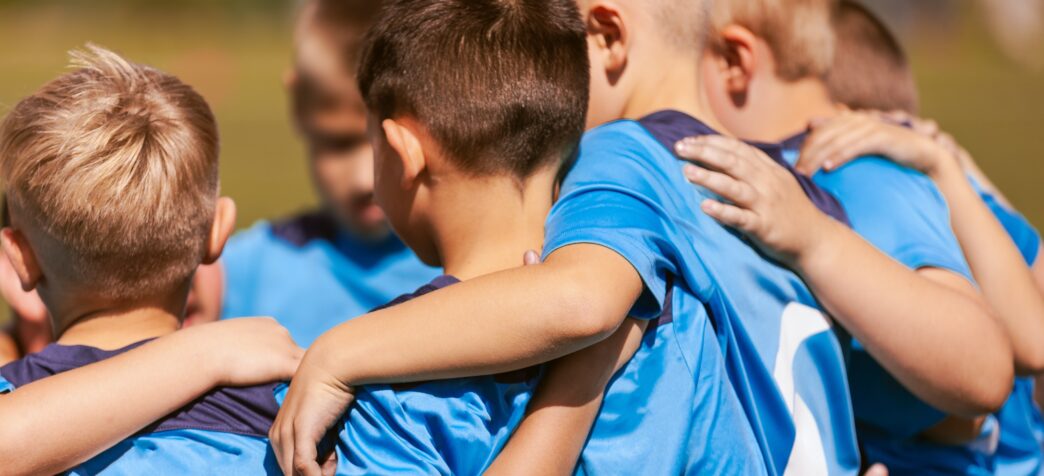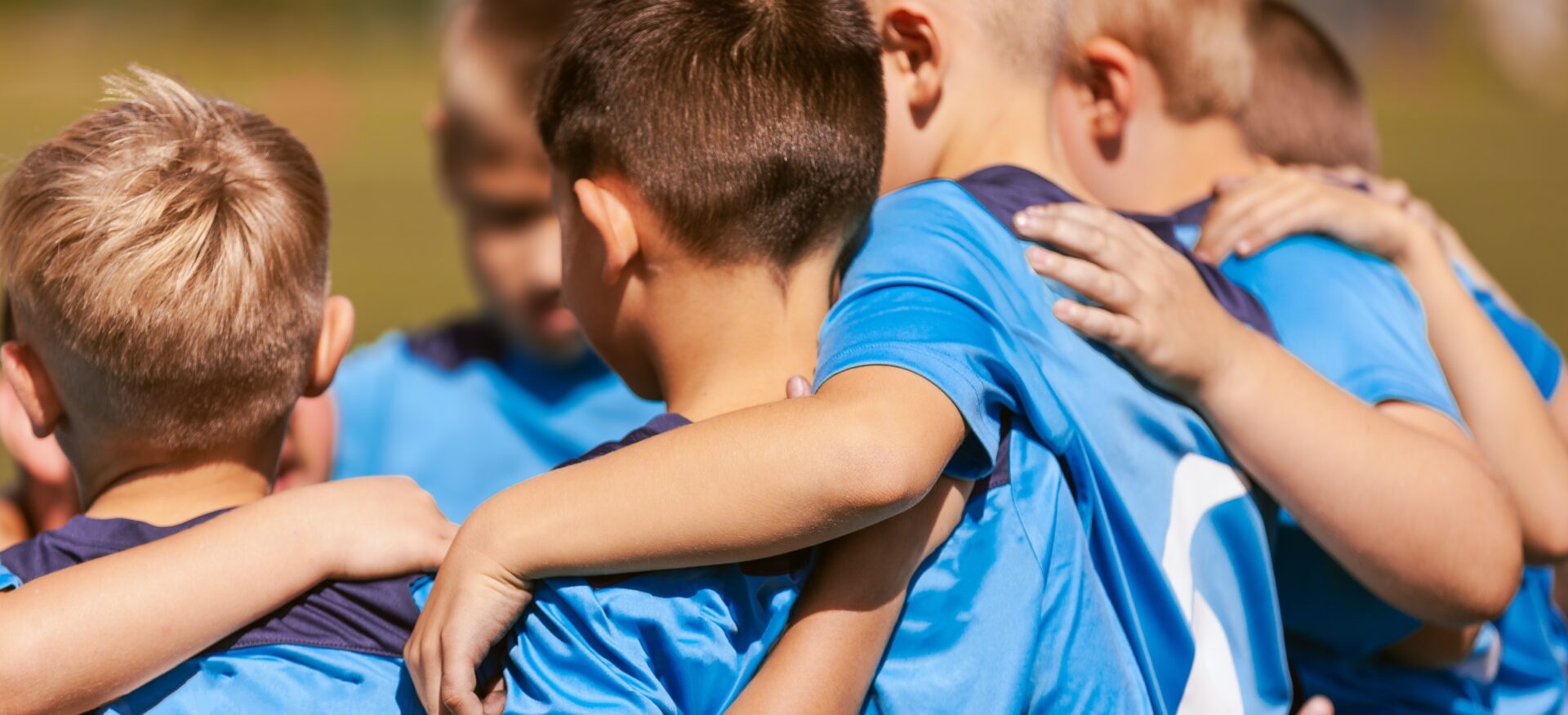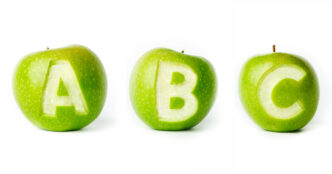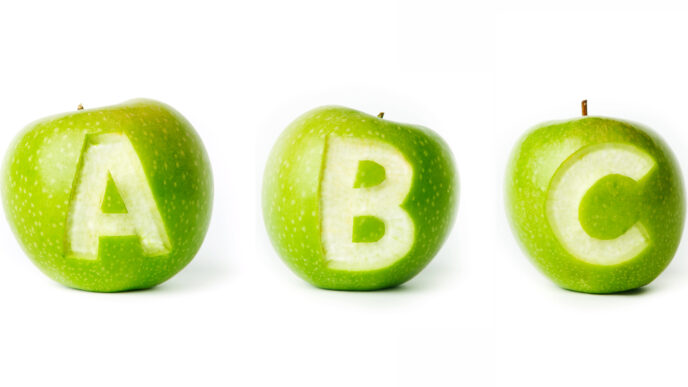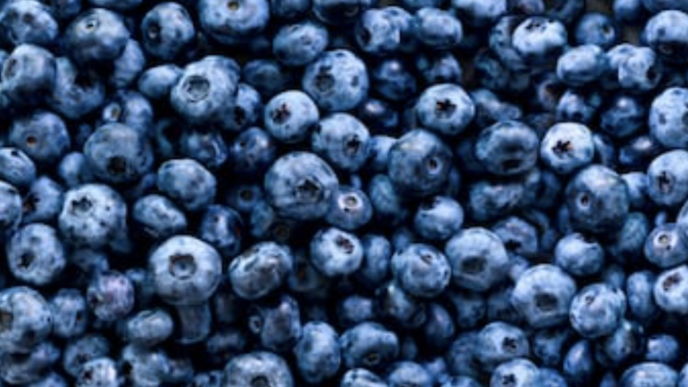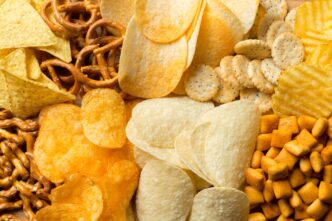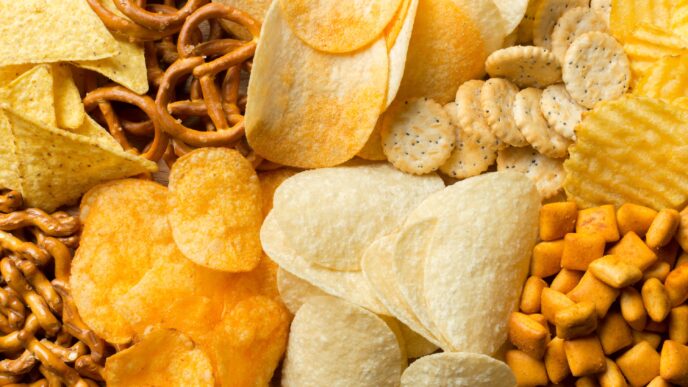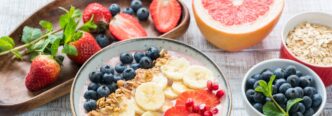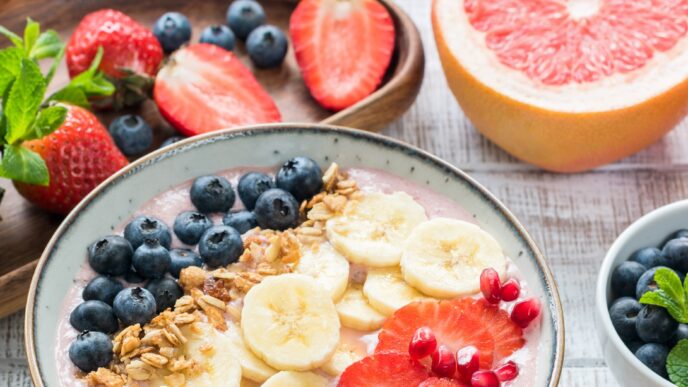Nutrition Tips For Youth Soccer Players: Focus on Bones & Training in Heat
SoccerToday’s nutrition columnist, Nancy Clark, shares a few great tips on smart sport nutrition for soccer parents and soccer players:
Soccer Parents: Bone up on Bone Health for your Youth Soccer Players
Playing sports is great for bone health.
Given that up to 90% of peak bone mass is reached by age 18 in females and age 20 in males, parents should encourage their kids to participate in bone-building sports.
This means weight-bearing sports—such as soccer—during early puberty. High-impact sports like gymnastics and volleyball also contribute to bones with about 10% greater bone mass.
Multidirectional sports (e.g., soccer, basketball) are better for bone health than one-directional sports (e.g., running, cycling). The jumping, cutting, and stopping that occur during soccer lead to stronger, more fracture-resistant bones.
Track and field athletes who had participated in ball sports (such as soccer) when they were younger had 50% fewer stress fractures than their peers who had not done so. The same goes for male runners who played basketball; they had 82% fewer stress fractures.
MILITARY RECRUITS WHO HAD PLAYED SOCCER AS KIDS EXPERIENCED FEWER STRESS FRACTURES DURING BASIC TRAINING.
Female military recruits who took calcium and D supplements for 8 weeks had 20% fewer STRESS FRACTURES DURING BASIC TRAINING.
Parents want to guide their kids into sports that optimize bone health carefully!
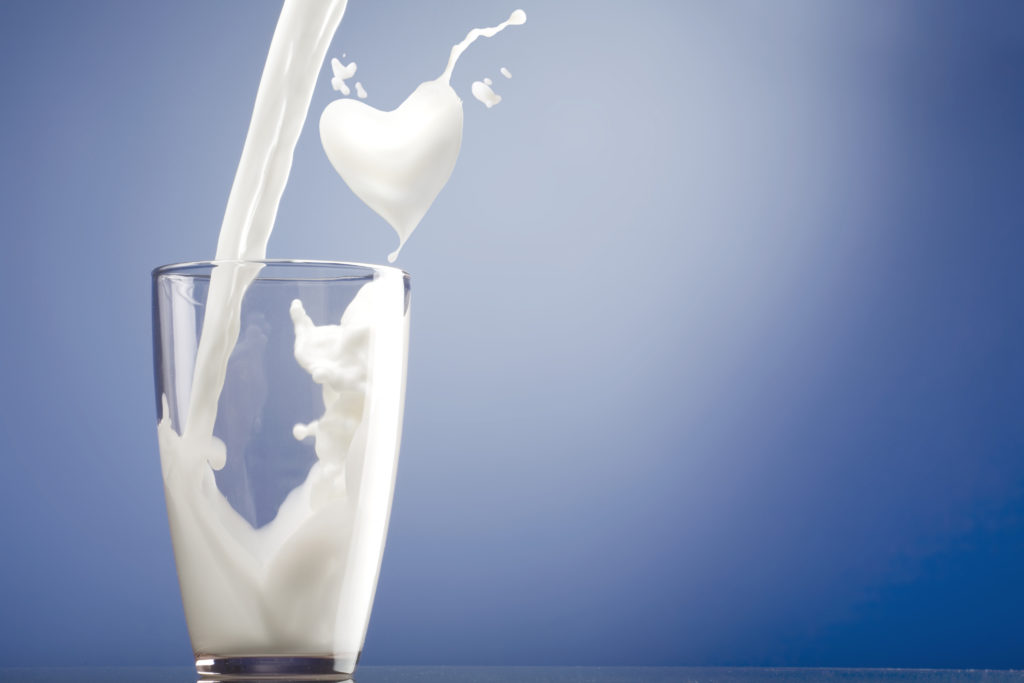
Weight-conscious soccer players (and all dieting athletes) impair their bone mass by restricting calories to lose weight. A positive nutrition recommendation for dieting players is to consume foods naturally rich in calcium, i.e., drink more dairy milk.
Each additional cup of skim milk reduced risk for future stress fractures by 62% when consumed by young female athletes. Athletes at-risk of stress fractures should consume at least 1,500 milligrams of calcium/day + 800 IUs of vitamin D. Female military recruits who took calcium and D supplements for 8 weeks had 20% fewer.
Soccer Players: Tips for Exercising Safely in Hot Weather
With global warming, soccer players are more likely to train and compete in unusually hot weather. To effectively reduce the risk of exertional heat stroke (and death), they should allow up to two weeks to acclimatize to exercising in hot weather.
During acclimatization, the body adapts to dissipate more heat, enabling runners to run better in hot conditions. Most physiological adaptations occur between days 4 and 8 of heat exposure.
During the first week of exposure to heat, you should have only one training session per day—no double workouts! Ideally, you will have access to cool fluids during exercise—they are more likely to be consumed—and you will frequently take small swigs of fluid throughout exercise instead of gulping a large bolus of fluid all at once.
When exercising in the heat, you want to monitor your urine for color and quantity, and think WUT:
- Weight: Is my morning weight lower than the day before?
- Urine: Is my urine dark and concentrated?
- Thirst: Am I thirsty upon awakening?
If the answer to any of these questions is yes, you are starting the day underhydrated.
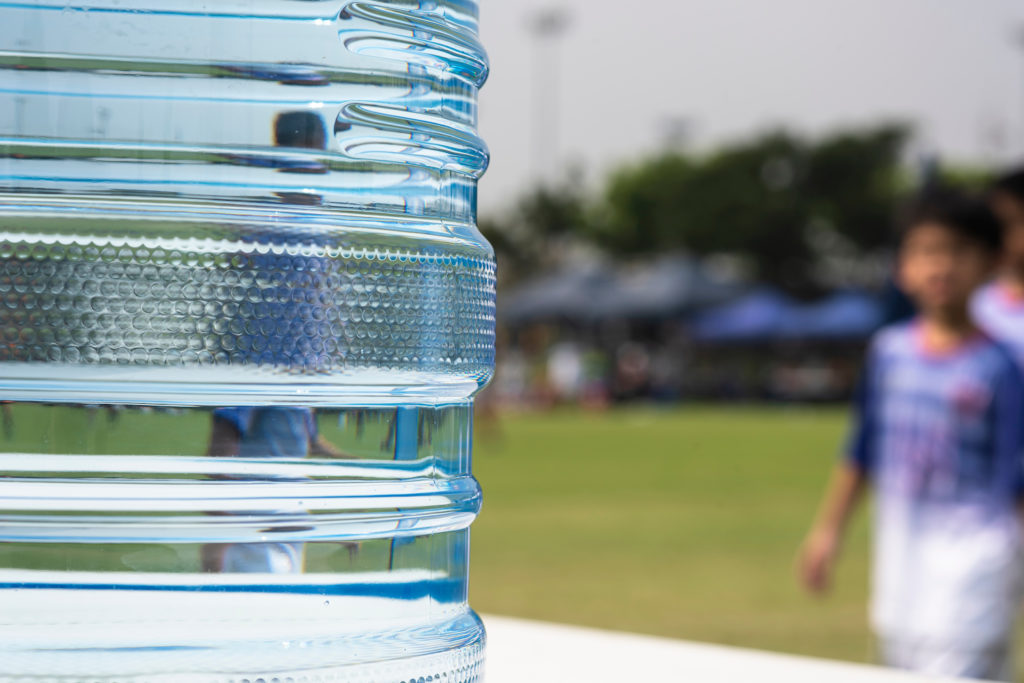
Regarding health risks, being adequately hydrated is more important than being heat-acclimatized (though being well hydrated and heat-acclimatized is ideal for maximizing thermoregulation). Reduced sodium in sweat is an adaptation to heat acclimatization.
Despite that adaptation, soccer athletes who do extended exercise in the heat often fail to replace adequate sodium. Salty sweaters (who have gritty sodium crystals on their skin) should purposefully consume sodium-rich foods and fluids.
Some athletes salt-load for a day or two before an event, but researchers advise against that.
The kidneys do a good job of excreting excess sodium via urine. However, additional urine loss can be counterproductive and hurt performance, not enhance it.
Soccer players should try to replace 70% to 80% of sodium and fluid lost during sweaty exercise.
KNOWING YOUR SWEAT RATE CAN REDUCE YOUR RISK OF OVER- OR UNDER-HYDRATING.
Drinking too much water is dangerous, because it dilutes the body’s sodium level and can lead to life-threatening hyponatremia (low sodium).
Of all electrolytes, sodium is the biggest concern.
Through trial and error, you can learn which salty foods taste good, settle well, and “work” for you.
Pickle juice, bouillon (cubes), mustard on soft pretzels, soy sauce (on rice) and beef jerky are popular options that can be consumed right before, during half-time, and/or after practices and games.

